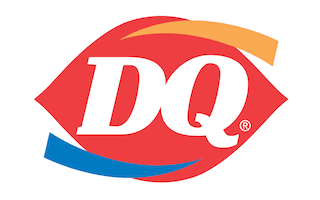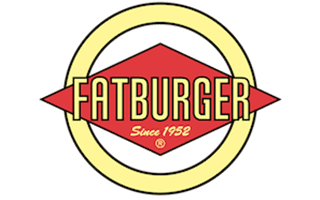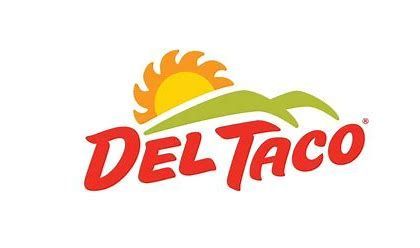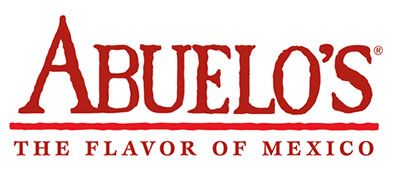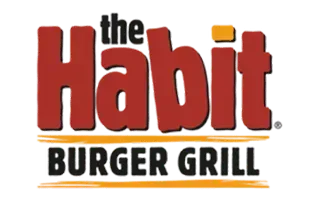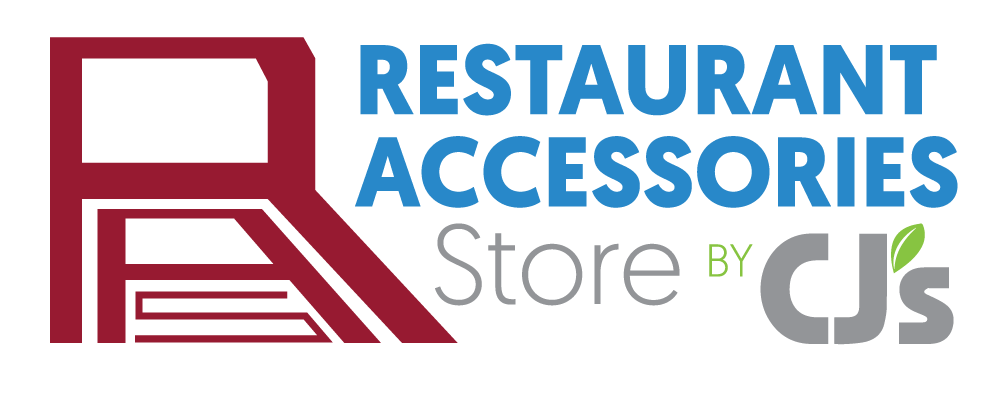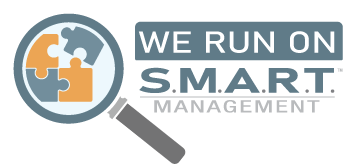TECAI Air Duct Cleaning Equipment
Omni Containment Systems is proud to partner with TEINNOVA to introduce the latest in duct cleaning technology to our market. The TECAI air duct cleaning equipment features cutting-edge advancements in brushing systems, compressed air injection, robotic technology, and video inspection. Designed with over 15 years of practical experience, the TECAI system offers an efficient, effective, and professional solution for all your air duct cleaning needs.

Cutting-Edge Technology for Superior Cleaning
The TECAI system features state-of-the-art technology that distinguishes it from traditional air duct cleaning methods. Its advanced brushing systems and compressed air injection technology ensure a thorough cleaning by dislodging and shaking contaminants within the ducts. These contaminants are then removed using a powerful vacuum cleaner with HEPA filtration, ensuring a clean and healthy environment.
The system includes a versatile nozzle that injects large volumes of air into the duct, effectively cleaning its surface. This adaptable nozzle fits any type of duct, making it suitable for a wide range of applications. The TECAI system is widely recognized and successfully used in over 70 countries, showcasing its reliability and efficiency.
Benefits of TECAI for Your Business
Implementing the TECAI system in your business offers numerous advantages:
- Technical and Professional Image: Using the most advanced technology enhances your business's technical and professional reputation.
- Labor Cost Savings: The TECAI system can reduce cleaning time by up to three times, leading to significant savings on labor costs.
- Versatile Cleaning Options: The TECAI range includes both electric and pneumatic brushing systems, allowing you to clean ducts of various diameters, shapes, and materials.
- Comprehensive Air Injection System: This system not only cleans the ducts but also views, records, and verifies the cleaning process, ensuring thoroughness and accuracy.
Efficient and Thorough Air Duct Cleaning
The TECAI system offers a comprehensive solution for air duct cleaning. The dry cleaning process involves either air injection or rotary brushing to dislodge contaminants, followed by suction of the suspended particles using our powerful HEPA-filtered vacuum. This method is the most widespread in the field of air duct cleaning, providing efficient and reliable results.
Connect With TECAI on Social Platforms:
Improve your HVAC equipment with TECAI cleaning solutions.

